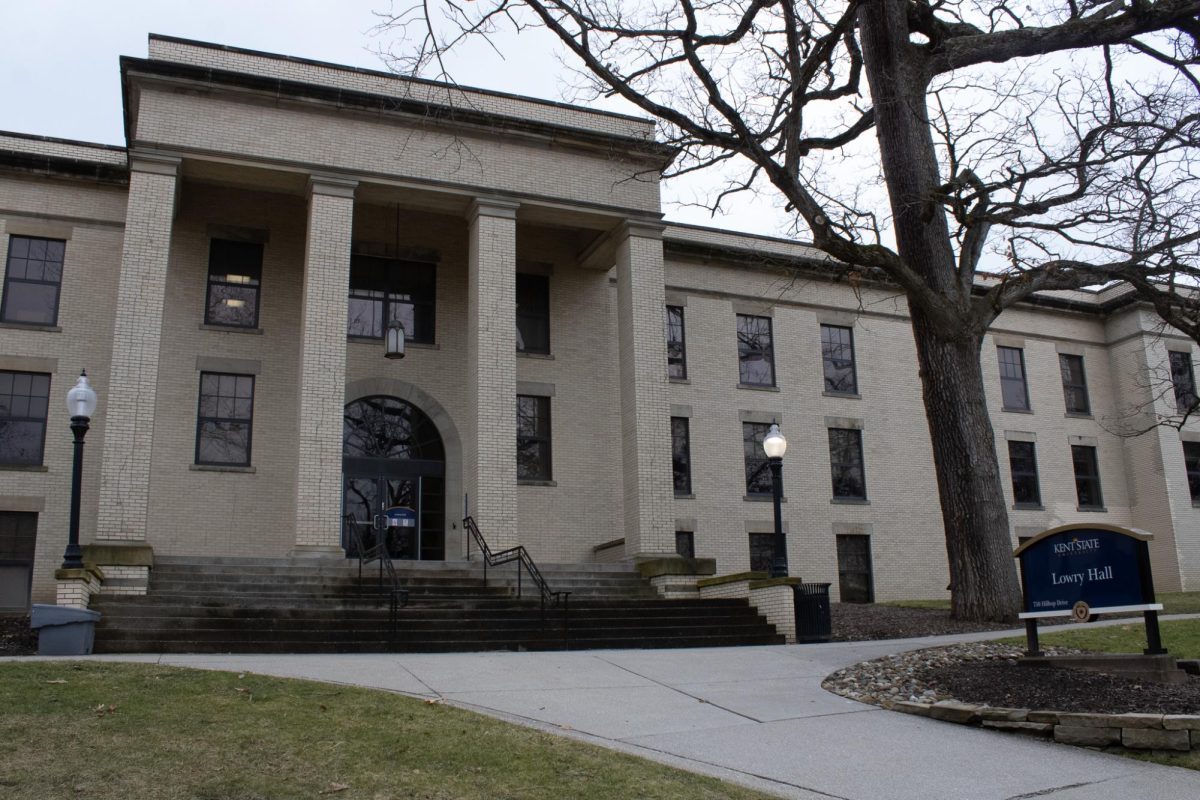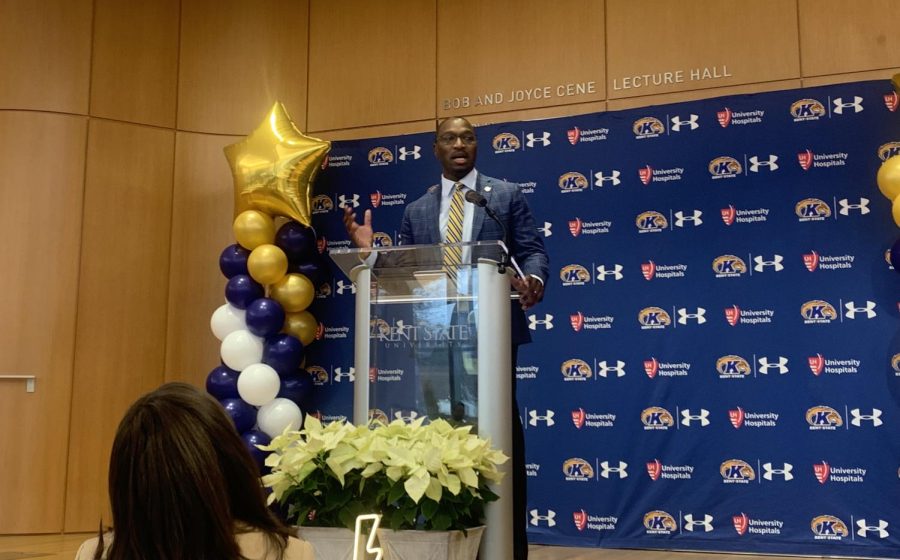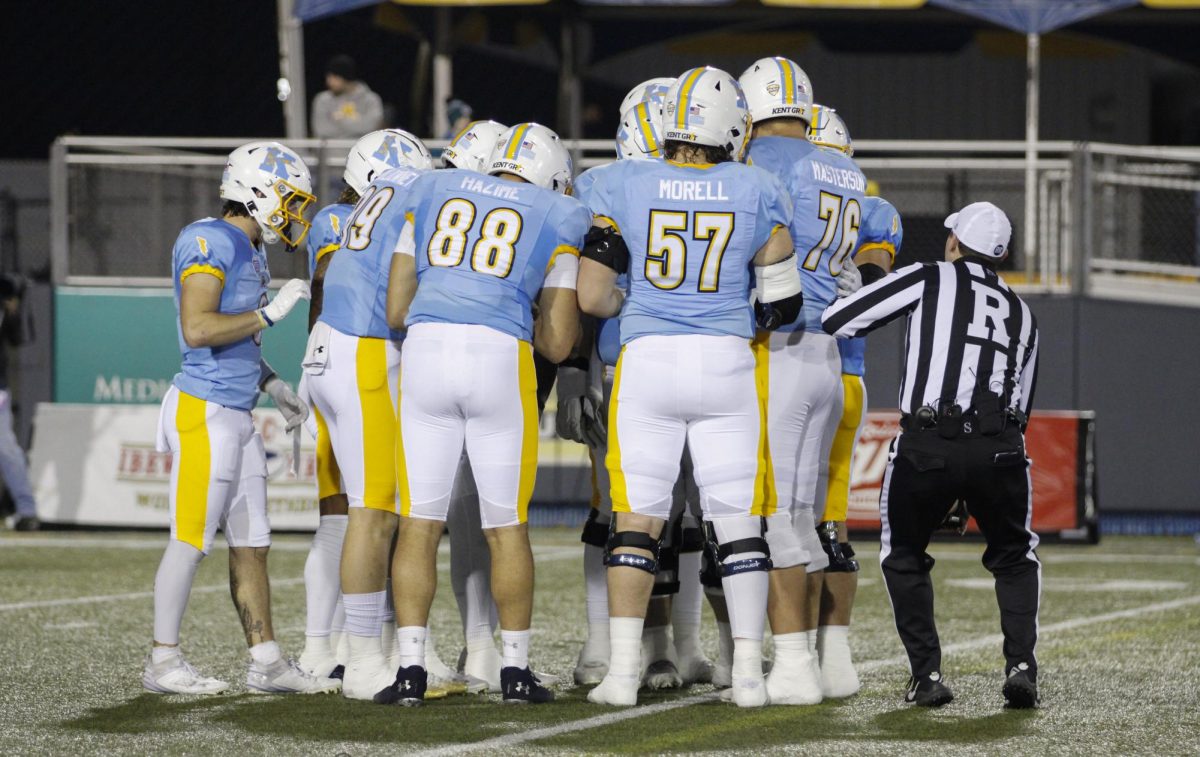The Kent Stater THROWBACK is a new series exploring the newspaper’s archive, connecting the university’s past with the present. Each installment pairs new reporting and analysis with an original article from The Kent Stater.
The May 28, 1968, edition of The Daily Kent Stater starts off rather dramatic: “‘Let Lowry Live,’ the cry heard throughout the school year will become a whisper in the wind after this quarter as the campus’s oldest residence hall is converted into a general office and classroom building.”
Written by then Stater editor Janis Froelich, class of ‘68, the article titled “Let Lowry Hall Be Remembered” concluded a series detailing student opposition to the closure of the all-girls dorm.

“Academic offices and departments were really, really hard to come by,” said David Taylor, the senior director for planning and operations for the Division of Student Life. “There was a crunch of space.”
The university announced the decision in October 1967, which residents met with fierce criticism, wanting to preserve the history and traditions of the hall.
“Its residents and other sympathizers waged a ‘whispering’ campaign this past year to protest the decision, but the protesters were more filled with a reminiscent spirit and a fighting one,” read Froelich’s 1968 article.
Plans for the construction of Lowry Hall started in 1910 when John Hamilton Lowry, a farmer, introduced a bill in the Ohio House of Representatives to establish two schools in northern Ohio to prepare teachers of agriculture. Construction on the dormitory broke ground two years later.
Original floor plans show suites of three rooms containing a study and two bedrooms, housing four women. The plans also included dining rooms, maids quarters and even a nutritionist’s office to serve the 70 women living there.
Lowry floor plans before and after 1968:
The women there dubbed the building “Walden Hall,” according to a separate article from the Stater archive, because the dense grove of trees reminded them of Henry David Thoreau’s Walden Pond. Many of those trees remain on site today.
University administrators offered the women false hope in February 1968 when they announced they were delaying the plan. A subsequent article, titled “And Lowry Lives,” showed the residents believed they successfully changed the administration’s mind.
Instead, construction had halted on Leebrick Hall, where they were to move, forcing the decision.
“There were construction strikes,” Taylor said. “They didn’t have another option, but it was framed as ‘We hear you.’ They let them finish spring quarter.”
But when the spring quarter concluded, so did Lowry’s time as a dorm.
Froelich’s article shared that despite drama and worries, the students forged through the school year as normal. The women of Lowry participated in a witch contest and Halloween party, held Thanksgiving dinner, hosted a Christmas party and sent “secret sweeties” for Valentines. Every Thursday night they gathered for a weekly social hour, and in the spring they invited their mothers, many of them former Lowry residents, to share in remembering the history of the building.
“It showed a whole other side of Kent State, which, as you know, was pretty turbulent during the late ‘60s and of course, 1970,” said Froelich, who went on to work for the Pulitzer-winning staff at the Akron Beacon Journal after graduation, and now lives in Florida. “And it showed that kids were still keeping up traditional partying and get-togethers.”
The president of Lowry, Donna Krispinksy, presented the dean of students with a plaque remembering the hall’s time as a dorm. It read: “Dedicated to the memory of Lowry Hall from the women who lived therein, 1912-1968.”
Though the women wished for it to be placed in the new academic building, the hall’s curator Barbara Davis said it never did end up on a wall.
Lowry herself seemed to take the change well — at least according to a May 1969 article that gave a voice to the former residence hall.
“Oh, well. Renovation is nothing new to this old lady. At least $400,000 has already been spent for that here. A little more won’t hurt.”
Read the 1968 article by Froelich here:
Alton Northup is editor-in-chief. Contact him at [email protected].






